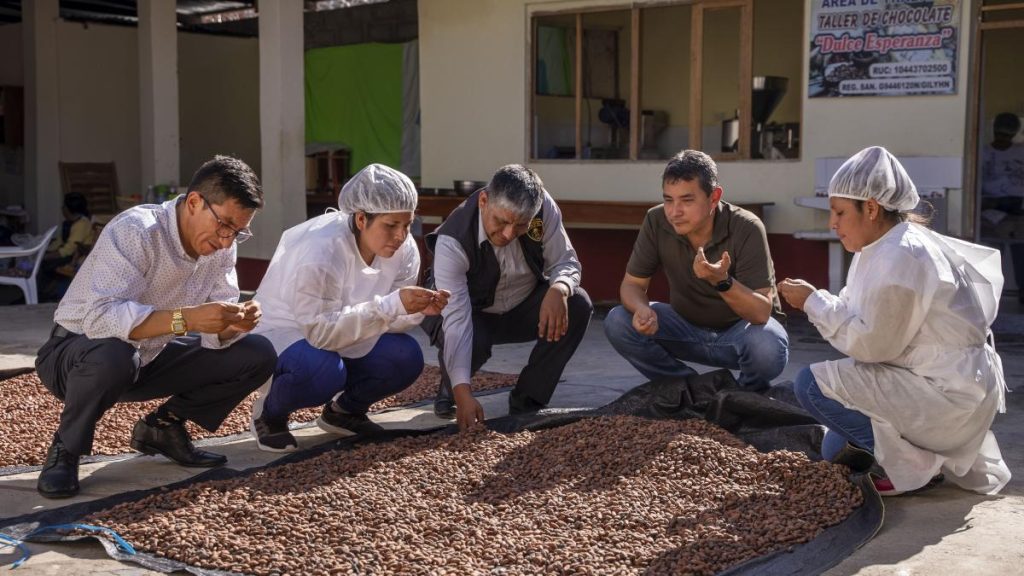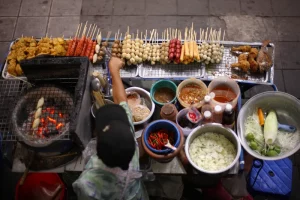Many restaurants are adopting a more sustainable and community-focused strategy by assisting local farmers and producers as the global food chain continues to change. In addition to supporting local economy, this movement encourages restaurants to use better, fresher ingredients. Restaurants are realizing the importance of establishing connections with local food producers, from obtaining seasonal produce to serving locally reared meats. Here are some ways that eateries are actively assisting regional growers and farmers:

1. Sourcing Fresh, Seasonal Ingredients
Purchasing seasonal and fresh produce is one of the most effective ways restaurants can help their local farmers. Restaurants may guarantee that their dishes include the greatest produce available at any given time by sourcing products from local farms. This produces meals that are fresher, more tasty, and frequently more nutrient-dense in addition to supporting regional agriculture. Additionally, using seasonal ingredients inspires chefs to experiment with new menu items that showcase the abundance of regional harvests.

2. Building Partnerships with Local Producers
In order to engage directly with the people who grow and raise the food they serve, many restaurants establish long-term partnerships with local farmers and food producers. This promotes a feeling of community and makes the food supply chain more transparent. These collaborations frequently result in more dependable and equitable payment for producers’ labor and a greater understanding of the difficulties faced by farmers by restaurants. Restaurants contribute to the sustainability of regional agriculture and the livelihoods of local farmers by cultivating these strong partnerships.

3. Featuring Locally-Sourced Menus
Some restaurants feature special menu items that are derived from local farmers in order to promote and increase awareness of local ingredients. These could include unique products like farm-fresh dairy, heirloom veggies, or grass-fed meat. In addition to educating diners about the origins of their food, promoting these dishes inspires more people to find and support nearby farms. Some eateries even highlight the origins of important ingredients in their dishes by listing the names of the farms and suppliers on their chalkboards or menus.

4. Participating in Farmers’ Markets and CSA Programs
Some restaurants go one step further in supporting local food producers by taking part in farmers’ markets or Community Supported Agriculture (CSA) initiatives, in addition to purchasing supplies for their own kitchens. These initiatives allow restaurants to buy subscription boxes of locally farmed produce or other food products straight from farmers. In addition to encouraging the use of fresh, regional foods in restaurants, this helps guarantee the prosperity of the local food sector.

5. Reducing Food Waste and Sustainability Practices
Adopting sustainable methods and reducing food waste go hand in hand with supporting local farmers. In order to reuse leftover food scraps, many restaurants collaborate with nearby farmers, either composting them or reusing them as fertilizer. As a result, waste is decreased and the food economy becomes more circular. Additionally, restaurants can lessen their carbon footprint by sourcing locally, which lessens the environmental impact of long-distance transportation.

6. Collaborating on Special Events and Pop-Up Markets
By holding events, pop-up markets, or farm-to-table dinners that highlight regional cuisine, restaurants also work with local farmers. These gatherings offer customers a chance to sample distinctive, regional cuisine while simultaneously giving small producers a stage on which to shine. Whether it’s a multi-course meal with vegetables from a nearby farm or a unique wine pairing with regional cheeses, these gatherings help to strengthen the bonds between consumers, producers, and the community.






